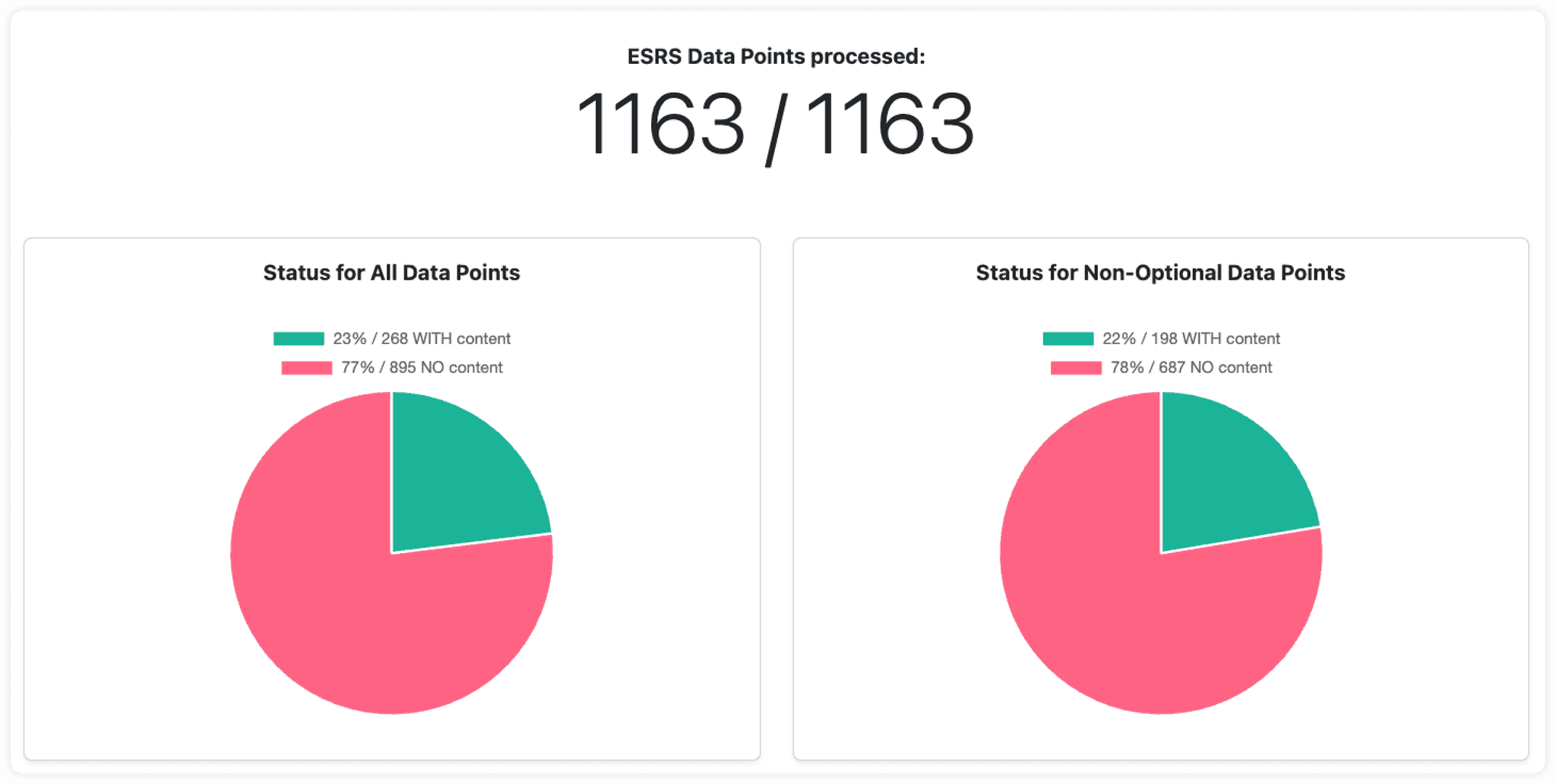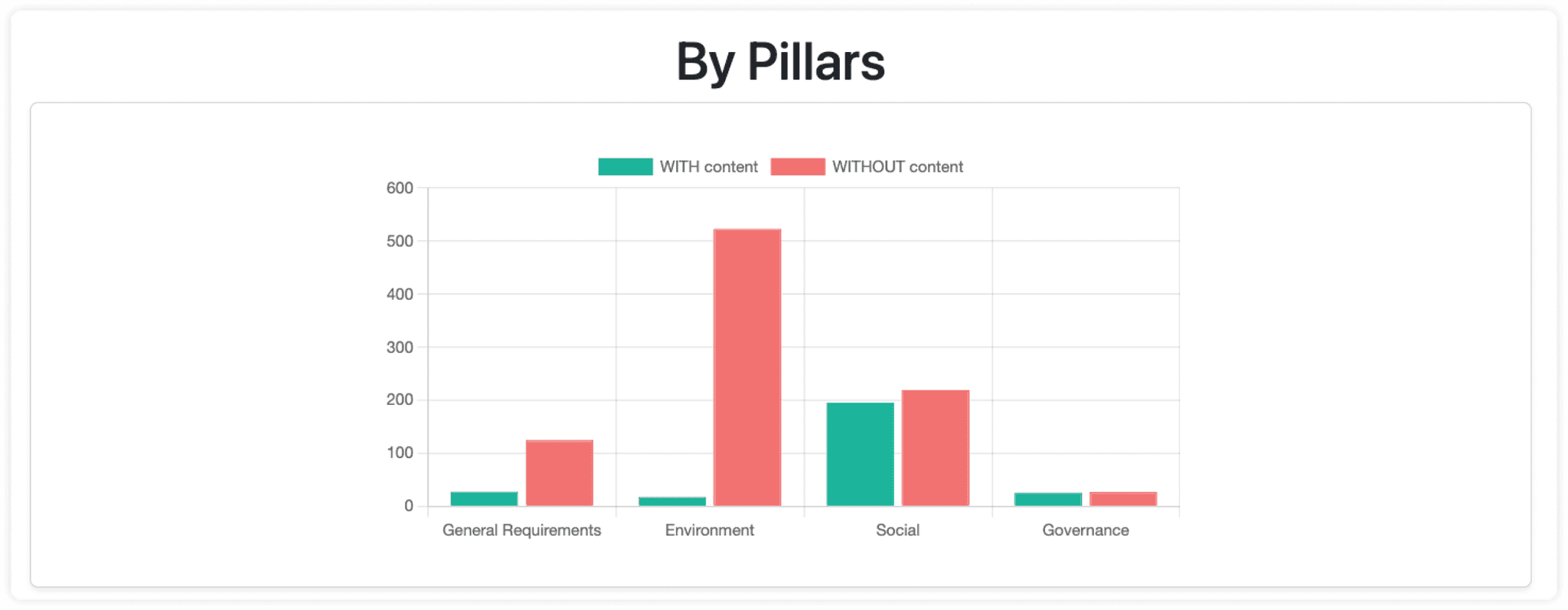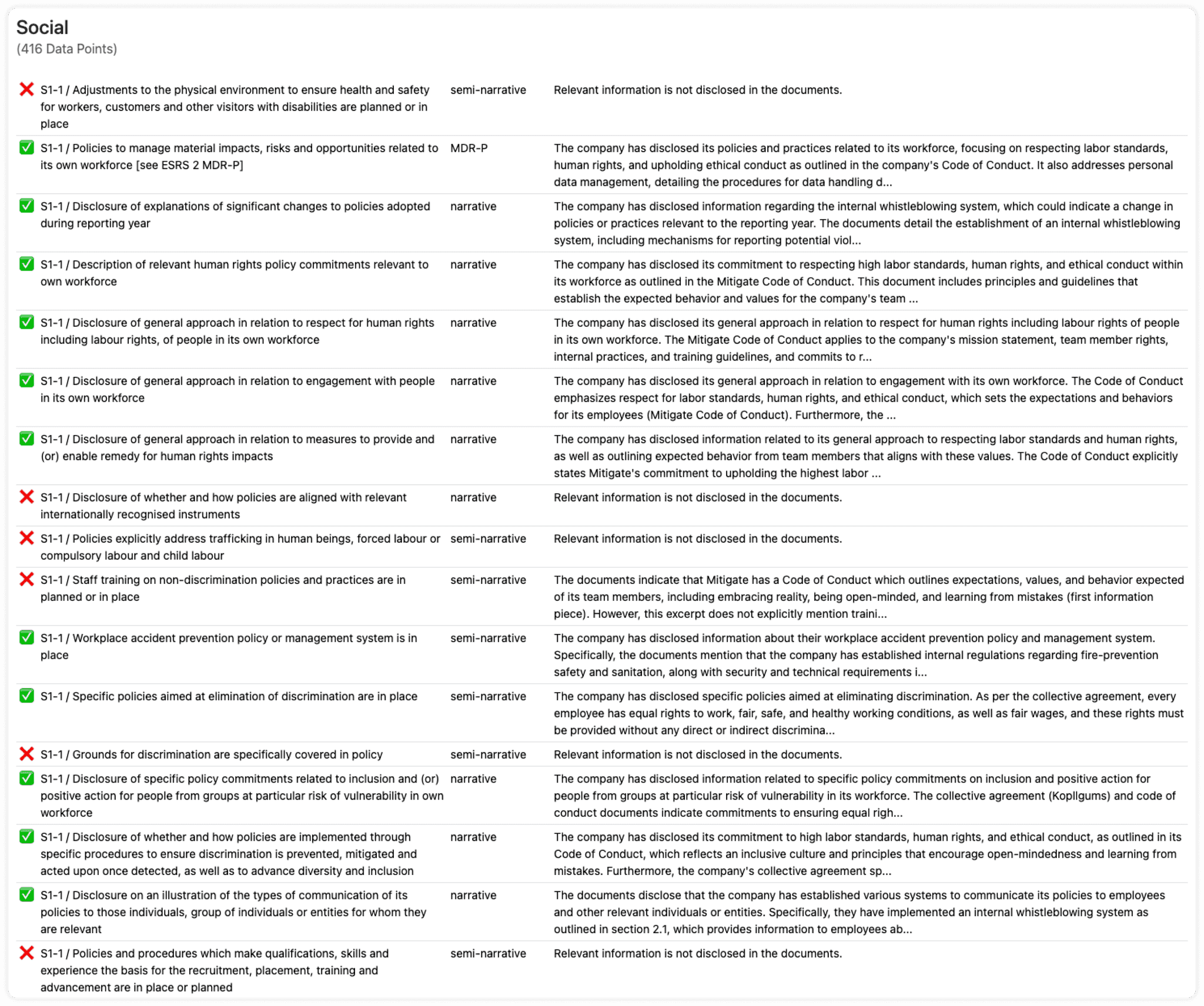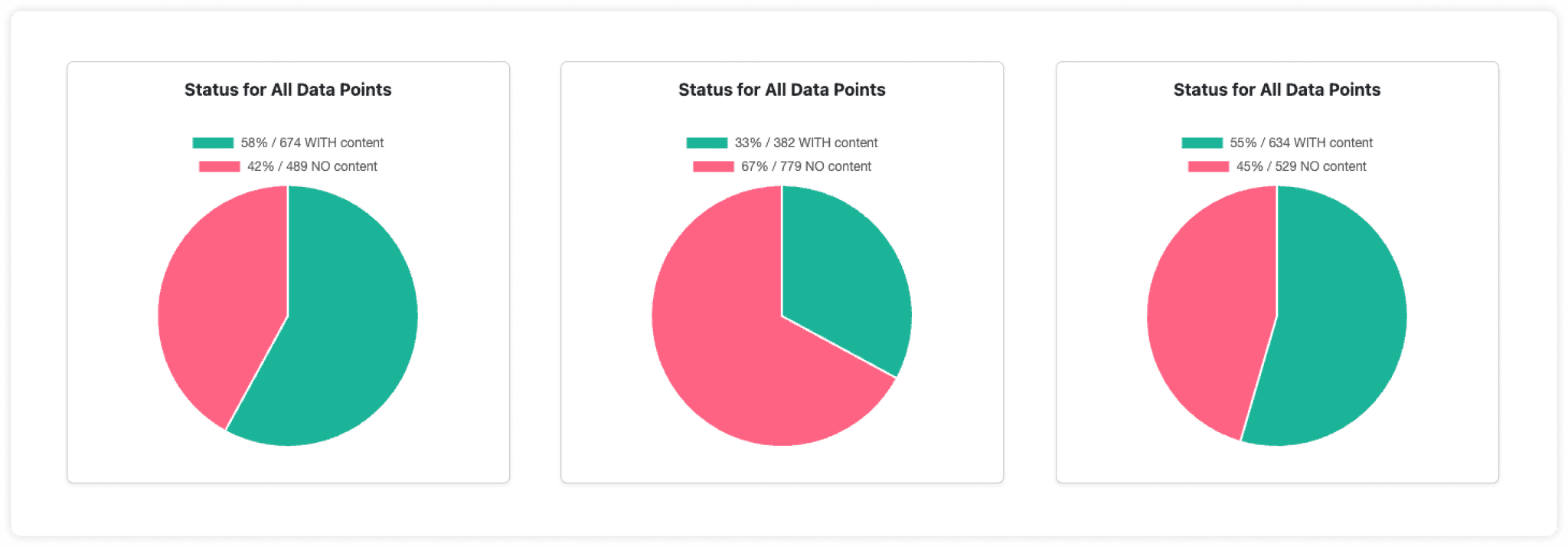Abbreviations used in the post:
- CSRD - Corporate Sustainability Reporting Directive
- ESRS - European Sustainability Reporting Standards
- Disclosure data points - Specific metrics or information companies must report to comply with sustainability reporting requirements.
The CSRD and ESRS represent recent developments in the field. Many disclosure requirements outlined in these standards may already be familiar to companies previously engaged in ESG (Environmental, Social, and Governance) reporting. However, for organizations new to ESG reporting and will soon be required to comply, these standards will present significant new challenges that require considerable effort to understand.
For both groups of companies, a critical and highly relevant question arises: 'To what extent are we compliant with ESRS standards?' Additionally, how do we measure this compliance? Although a perfect answer may never be found, we have a pretty good solution for this challenge:
We call it an 'ESG Hyper Report' because it would take a human being weeks or months to verify the information and complete the mapping. However, our AI software tool can accomplish this in just a few hours. 🚀
Let me share an example of how it works and what the mapping report looks like for the Mitigate (software development) company.
How it works
Like most companies, we also at Mitigate have policies/documents (18) that regulate and disclose how we treat people and the planet and govern our business. We want to review all 1163 ESRS disclosure data points and check if we have the relevant information in the policies. We understand that we wouldn’t have to report on all ESRS disclosure requirements, but if an AI can check them all, why not?
Our ESG AI software tool does precisely that: it goes through all 1163 ESRS data points, searches for the relevant information in our documents, and does the mapping. The mapping includes the following output:
- ✅ - policies/documents CONTAIN relevant information for a data point
- ❌ - policies/documents DO NOT CONTAIN relevant information for a data point
- Description - in the case of ✅, it tells what information has been found and in which documents.
Summary of the report:
The report gives a quick overview of all 1163 data points.
This includes a quick overview of each ESG pillar (and General Requirements).
All data points table
Every ESG pillar (including General Requirements) has a detailed table with all disclosure data points, the status (✅ / ❌), and a description.
Example (a fraction):
We can find a few questionable or disputable mapping items in the list because sometimes, without a broader topic context, AI can make an ambiguous conclusion. However, this report is meant to be separate from the official annual report. Instead, it is for more straightforward navigation of the complex ESG field and ESRS standards.
More examples for other companies:
Here, you can see that overall scores are better (have more policies and information) for companies that have done some kind of Sustainability Reporting before:
If you want a report for your company, write to esg@mitigate.dev, and we will do the job!
By the way, we also develop software for ESG-related matters. If you have an idea or are searching for a tech partner for your ESG needs, feel free to contact us.
We wish you a powerful year ahead!





